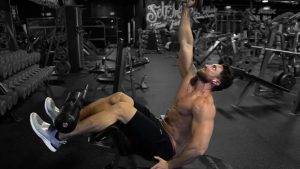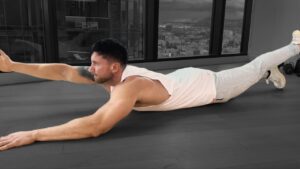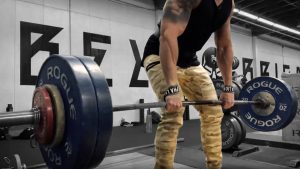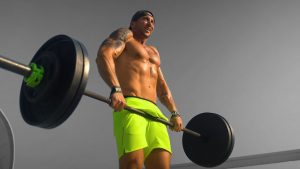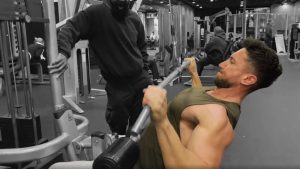When it comes to packing mass on your chest, most guys think of the bench press. However, there's another basic pec mass builder that too few guys are doing - and they're usually the ones with underdeveloped pectoral muscles. That exercise is the chest dips. Today, we start giving this compound bodyweight move the respect it deserves.
Chest Dips Execution
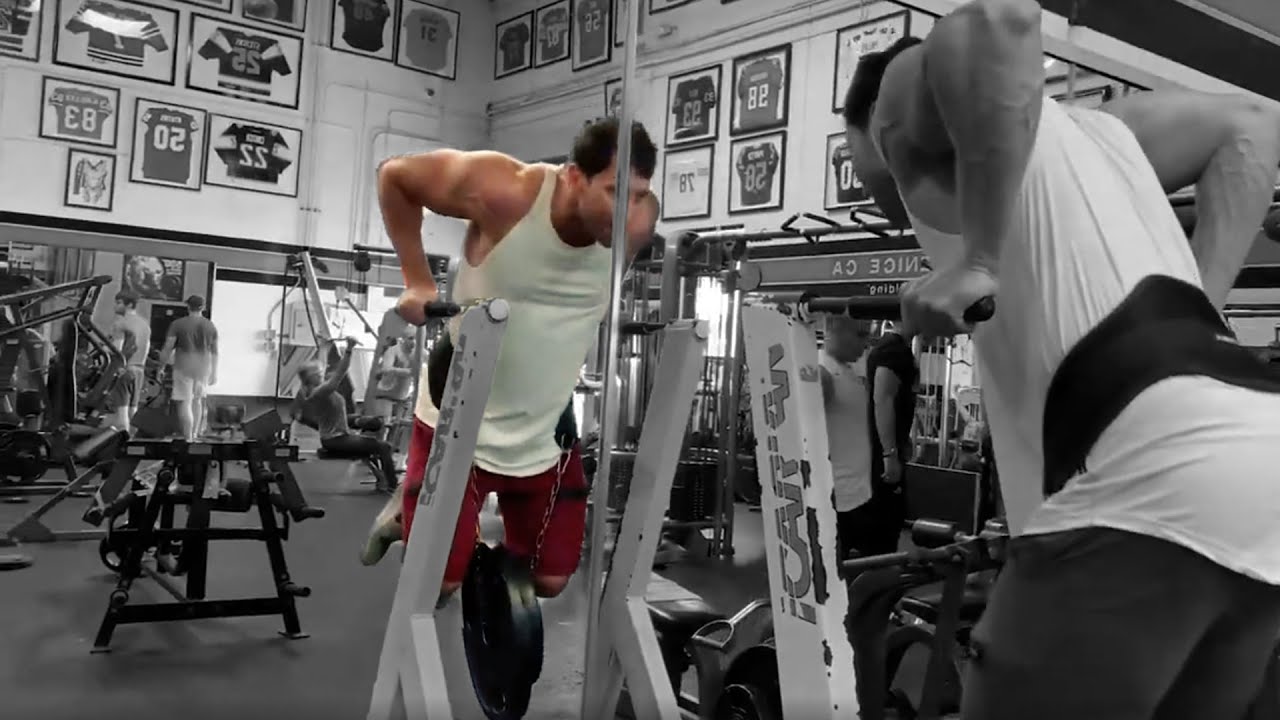
- 1Wrap a weighted belt around your waist
- 2Get up on the parallel bar
- 3Bend elbows slightly to drive the tension through the chest, shoulders, and triceps
- 4Dip down slowly, stretching the chest
- 5Push back up explosively, contracting the chest
Chest Dips Benefits
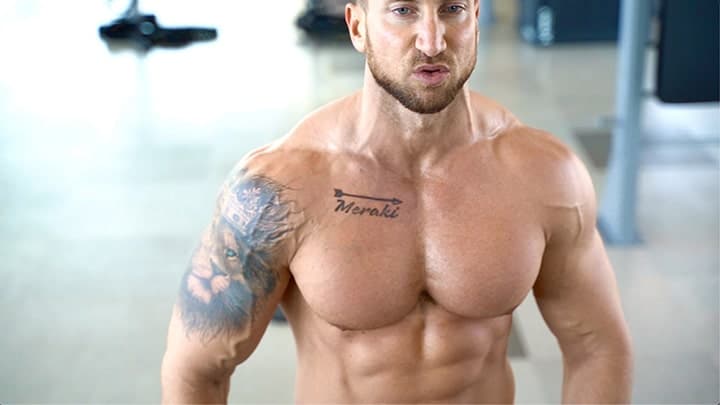
The chest dip will be felt immediately in your chest. You will feel a deep stretch and contraction on every single rep. Contrast that with the barbell bench press, which most guys feel in their front delts rather than their pecs.
In comparison to the bench, the chest dips also brings more muscle groups into play. As well as hitting the triceps, they also activate all of the smaller stabilizer muscles that are required for balance and stability. As a bodyweight exercise that carries you through space, the chest dip is a far more functional movement than the barbell bench press.
Tips to Get More out of Chest Dips
Unless you do your dips specifically to target the chest, you are likely to end up working the triceps and front deltoids more than your pecs. Follow these tips to make sure that you are hitting the right muscle group.
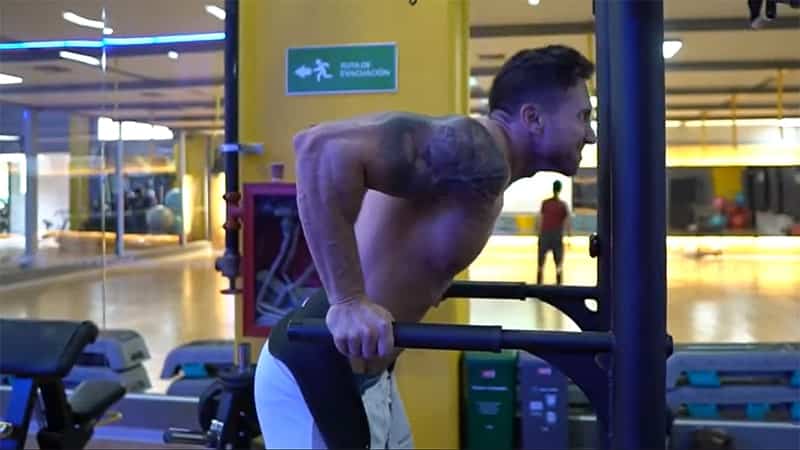
When you set up for the start position, expand your chest and push it out in order to position your pecs in front of your shoulders.
Do not allow your shoulders to hunch forward - keep them back.
Position your body in an anterior or slightly tilted position.
Think in terms of doing a suspended push-up movement.
Do not sway your body from leaning forward at the bottom to being upright at the top. This is very troubling to the anterior capsule of your shoulder joint; stay in the forward lean position throughout the entire movement.
Depress your shoulder blades in the top position. This will ensure that you don't sink down into the dip position.
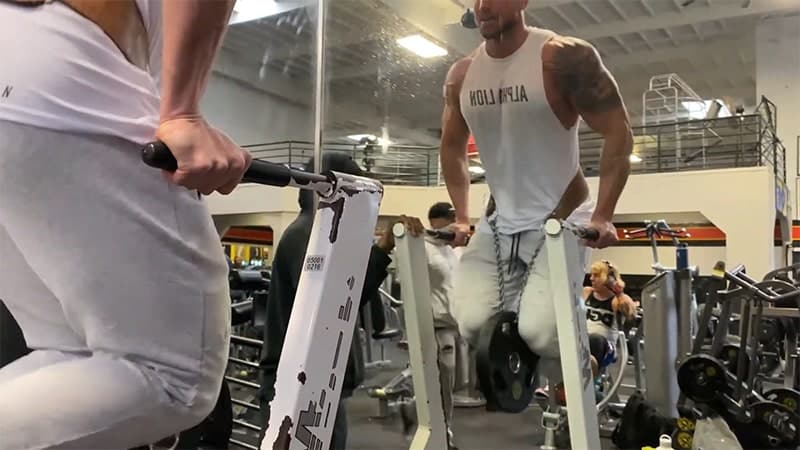
Focus on chest adduction by pushing your elbows and arms in together when you are pushing up out of the dip. Obviously, you will not actually be able to move your hands because they are fixed in place on the bar. However, by pushing inward as you go up, you will still be activating some chest adduction.
Pause for a moment at the top of the dip and squeeze the handles hard while pushing in; this will further activate chest adduction.
Contract your core tightly throughout the movement.
Your head should be aligned with your spine throughout the movement.
Common Chest Dips Mistakes
Swinging the Body
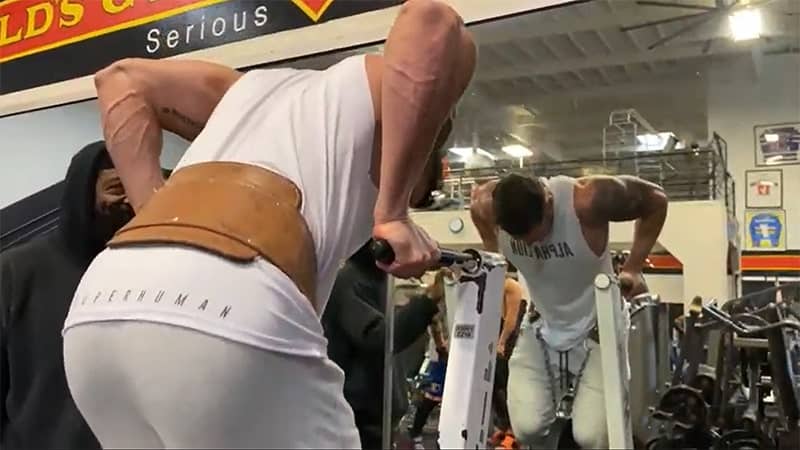
When you swing back and forth as you perform your chest dip reps, you will use more momentum than chest strength to perform the exercise. That basically negates the whole effect of the exercise. To make sure that momentum does not play a factor, maintain a slight forward lean on the exercise throughout the entire motion.
Being Too Upright
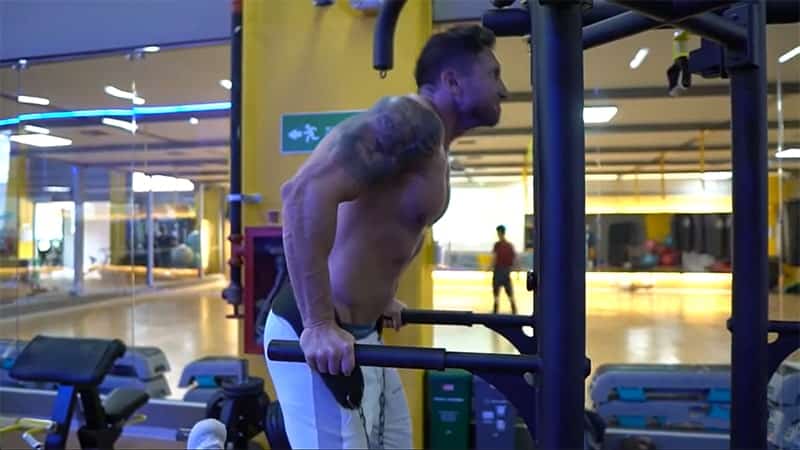
The more upright your body is when you do chest dips, the less emphasis you will be giving to your chest and the more you will be giving to your triceps. That is why you want to maintain a slight forward lean throughout the entire exercise movement.
Locking Out at the Top
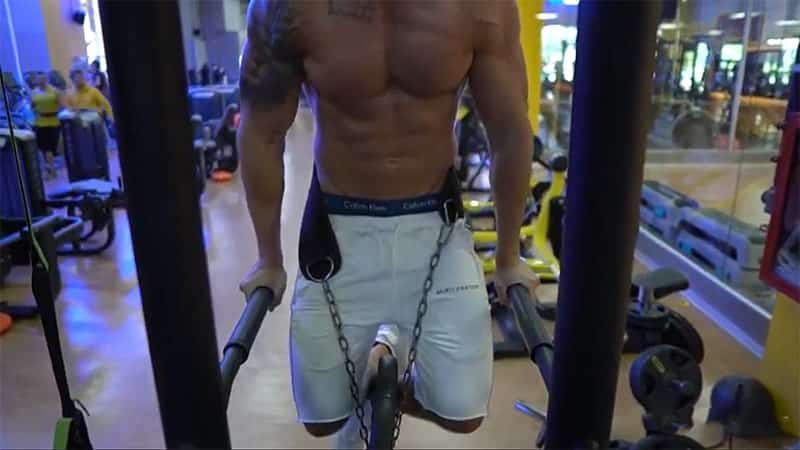
When you lock out at the top of the dip movement, you take the stress off the pecs and interrupt your time under tension. That is not what you want. That is why you should stop just short of lockout on every rep.
Chest Dip Variations
Weighted Chest Dips
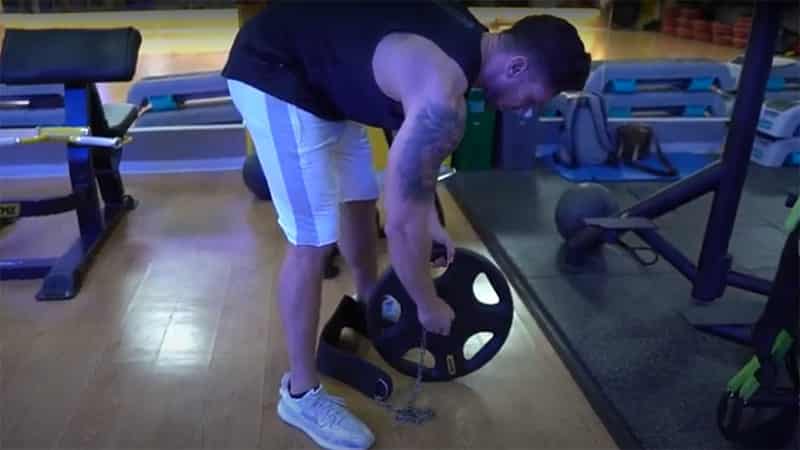
Weighted chest dips allow you to use more than your body weight by strapping on a weight belt. If you can do ten bodyweight dips with good form, you should begin doing weighted dips. You can also do chest dips by holding a dumbbell between your feet if you do not have access to a weighted dip belt. However, this can be a little tricky.
When you begin doing weighted dips, start with a small weight, such as 5 lbs. Then, every week make micro increases of 1.25 lbs. Before you know it, you'll be repping out with 45 pounds of extra weight strapped to your body.
Bench Dips
Bench dips are performed between a pair of flat benches. Place your hands on the bench behind you and your feet on the one in front of you. The distance between the two benches should allow your legs to be out straight. However, you should maintain a slight knee bend throughout the movement. To perform the exercise, bend the arms to lower your body to the floor and then push back up.
This exercise primarily works the triceps. However, this exercise is problematic for your shoulders. It is not an exercise that I recommend.
Ring Dips
Rings dips are commonly used by gymnastics practitioners but are more and more commonly being seen in general use gyms. The instability of the rings makes this a much harder exercise than the standard chest dip. However, that instability also makes this a much better exercise, if you are able to do it.
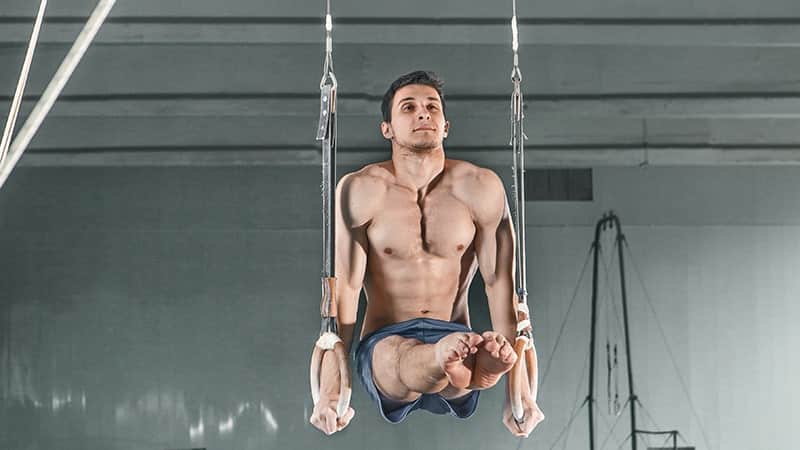
A major problem with the standard chest dip is that your hands are fixed in position. This makes it difficult to achieve chest adduction where you bring the hands closer together. You can do that when you are using dumbbells on chest exercises but not when you are using a barbell. When you use gymnastic rings, you have more ability to achieve full chest adduction than with any other exercise.
As well as the ability to achieve chest adduction by moving your hands in closer together, ring gymnastic dips require you to use stabilizer muscles.
The downside of using rings for doing your chest dips is that they, also, are problematic for the shoulders. When you move your arms out too far, you run the risk of over-extending your rotator cuffs.
If you are able to do ring chest dips, I would encourage you to do so every 3rd or 4th time you do dips. Just be careful not to allow your arms to over-extend.
Machine Dips
The assisted dip machine allows you to perform dips even if you do not have the strength to perform a single full rep with your body weight. The assisted dip machine is similar to an assisted pull up machine in that you are able to select a pin weight to reduce your body weight when you are performing the exercise. The more weight you select, the less of your own bodyweight you are lifting.
The assisted dip machine is a useful tool to help you build up to doing your first bodyweight dip. However, it is not the same as when you do a standard dip because you do not have to stabilize your body when you are using the machine. For that reason, machine dips will always be easier than the real thing.
Rather than relying on the assisted dip machine, I recommend actually doing the real exercise in order to get better at doing chest dips. If you cannot do a single rep, you can do negative reps. Use a step to get up into the top position and then lower slowly to take advantage of the negative part of the rep.
Chest Dips Alternatives
Decline Dumbbell Press
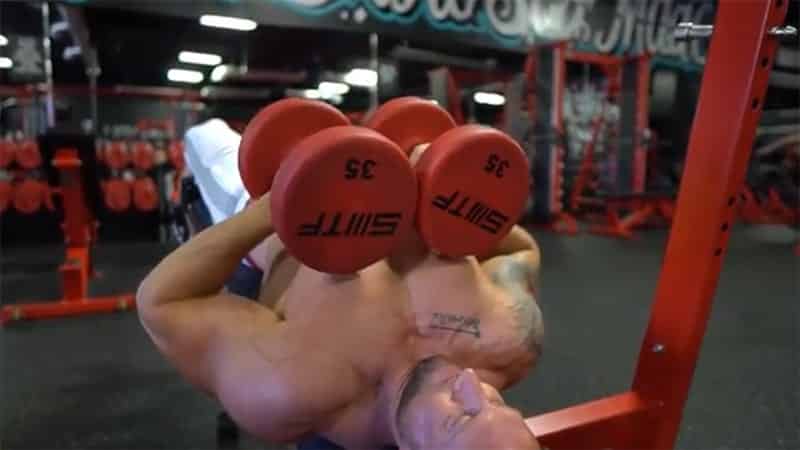
To do a decline dumbbell press, set up a decline bench at a 30-degree angle. Take hold of a pair of dumbbells and position yourself on the bench, securing your ankles and feet underneath the pads. Now rest the dumbbells in an upright position on your knees. Lie back on the bench, simultaneously bringing the dumbbells to the sides of your body at chest level.
Slowly bend your arms and lower the dumbbells until they are at either side of your chest. Lower the dumbbells to a position where a comfortable but maximum stretch is achieved. Now push the dumbbells from the sides of your chest back to the start position. Keep the movement, smooth, slow and controlled throughout your entire set.
Push Up Between Benches
Arrange three benches, with two of them being parallel to each other and slightly wider than chest width apart, and the other one perpendicular to and behind the other two benches. Put both of your feet on the rear bench, and hands on each of the parallel benches. You are now in a supported position ready to start the movement.
Lower your body as far down the benches as possible until a comfortable stretch in the mid-chest is achieved. Now push your body upward to the starting position. Perform the desired number of reps while keeping the movement fluid, slow and controlled.
Dumbbell Bench Press
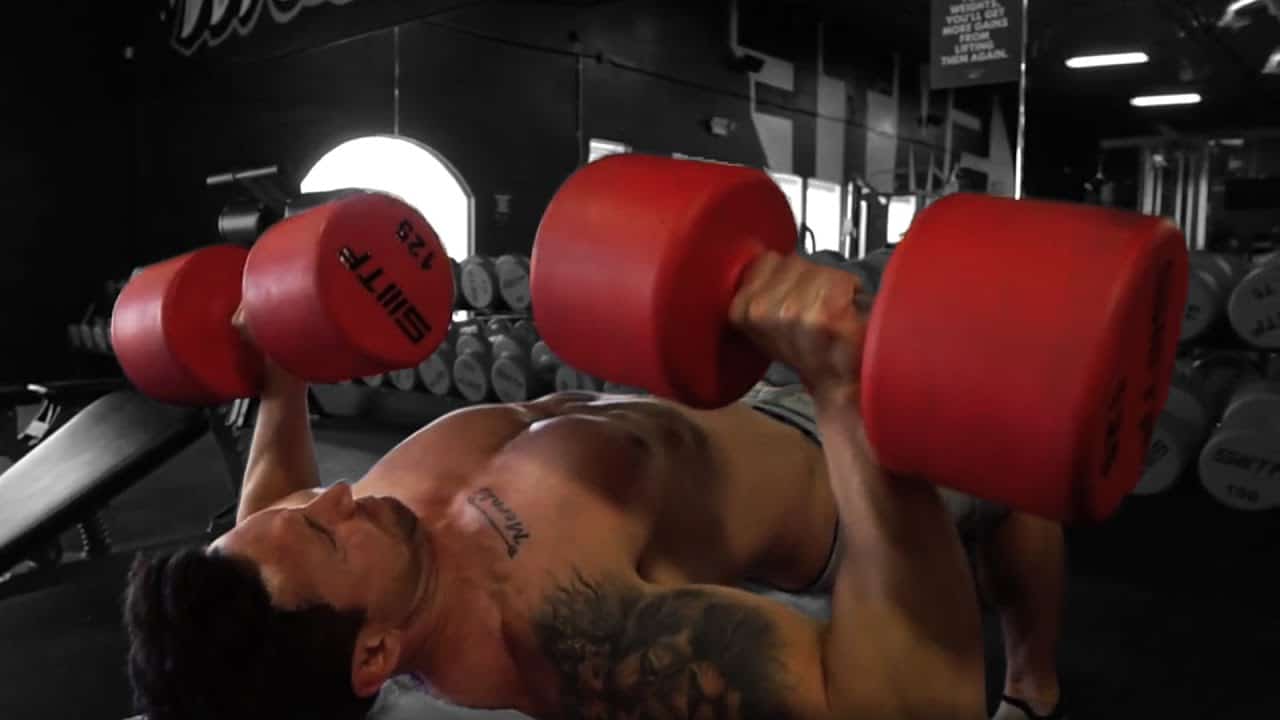
To do a dumbbell bench press, take hold of a pair of dumbbells using an overhand grip, while sitting at the edge of a flat bench. Rest the dumbbells in an upright position on your knees. Now lie back on the bench, simultaneously bringing the dumbbells to the sides of your body at chest level. Raise the dumbbells to a straight arm position above your mid-chest, but do not lock out your elbows. In this top position, the dumbbells should be touching and your palms should be facing forward.
Now, slowly bend your arms and lower the dumbbells until they are at either side of your chest. Lower the dumbbells to a position where a comfortable max stretch is achieved. From here, raise the dumbbells from the sides of your chest back to the starting position. Continue to complete your set, being sure to maintain a smooth, slow and controlled motion throughout.
Flat Dumbbell Flys
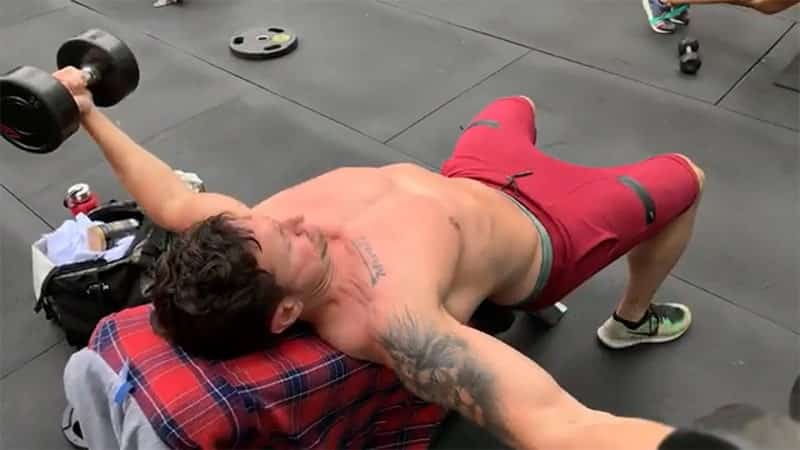
Take hold of a pair of dumbbells using an overhand grip, while sitting on the end of a flat bench. Rest the dumbbells in an upright position on your knees. Lie on the flat bench, simultaneously bringing the dumbbells to the sides of your body at chest level. Raise the dumbbells to a position of straight arm's length. At this point, the dumbbells should be directly over your chest, in contact with one another, and your palms should be facing each other. Your elbows must remain flexed throughout the entire movement.
Slowly lower the dumbbells in an arc-like option toward the floor until your chest is comfortably stretched. Once you have reached this position with the dumbbells out at either side of your chest, return the dumbbells to the starting position, using the same arcing motion (Arnold used to imagine he was hugging a tree).
Perform the designated number of reps in a fluid, slow and controlled manner.
Cable Crossover
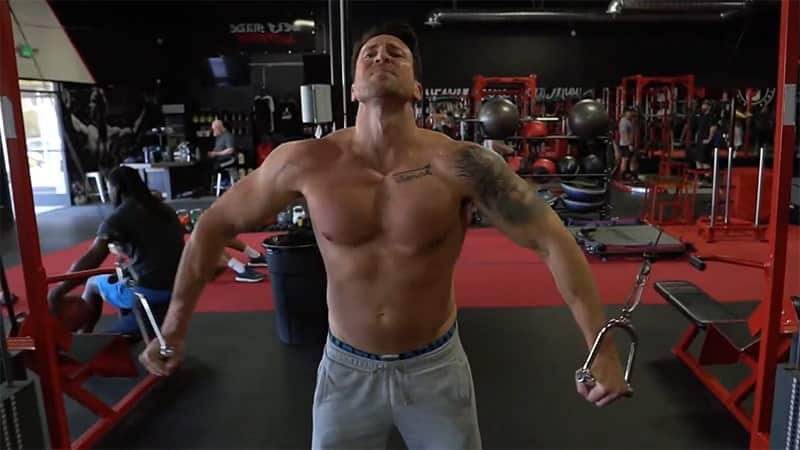
Set a double pulley cable machine with the pulleys set as high as possible. Grab hold of the cables in an overhand grip with your palms facing forward. Stand in the middle of the cable machine, with feet slightly wider than shoulder-width apart. You should position one foot slightly in front of the other. Be sure to keep your back erect and your elbows slightly bent throughout the entire exercise. Extend the cables to the point where your chest is fully stretched.
Bring the cables in a downward arcing motion until your hands make contact about 6 inches in front of your pelvis. Hold this contracted position for 1-2 seconds. Slowly resist as the cables are returned to their starting position. Repeat the movement until you have completed your set, maintaining a fluid, smooth and controlled manner.
Wrap Up
The chest dip is a fundamental mass builder for the pectoral muscles. I recommend adding in 3-4 sets on every chest workout. Once you can achieve 10 reps with your bodyweight, add resistance. I suggest beginning your chest workout with chest dips and then following with the bench press, incline chest flys and then finishing with cable crossovers.

